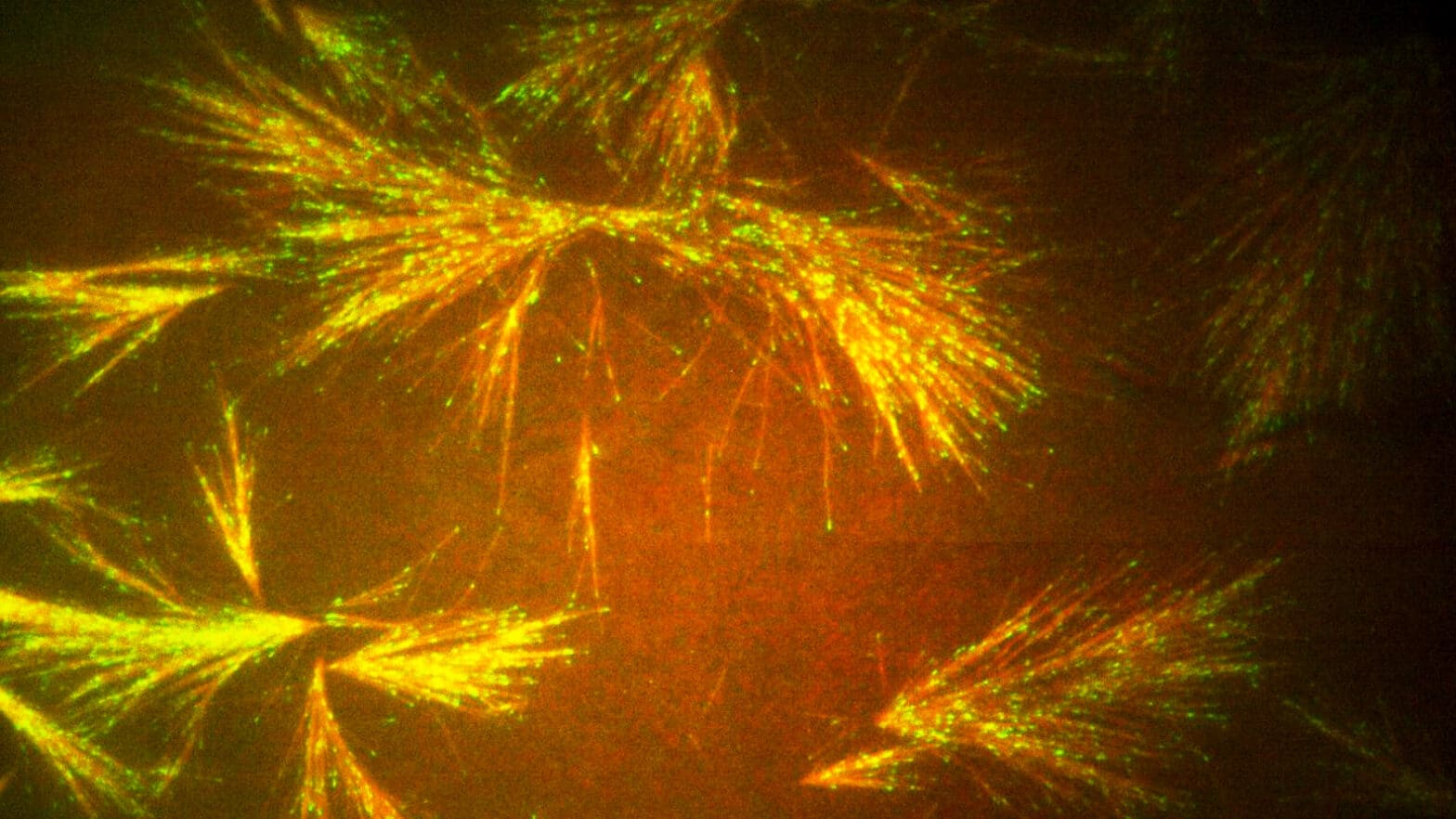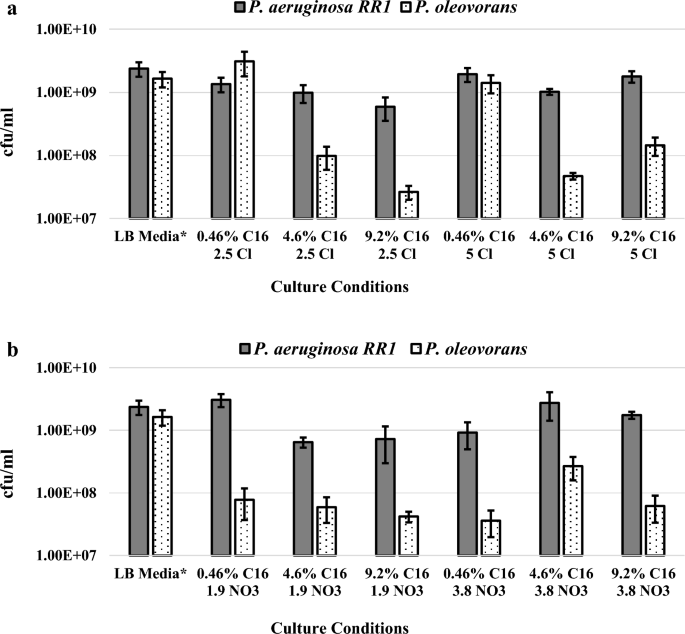2024-01-24 ペンシルベニア州立大学(PennState)
◆研究によると、微生物が形成する生物膜(バイオフィルム)がリステリアを保護し、消毒薬の効果を低下させていることが示された。この発見は、食品処理施設でのリステリアによる食品汚染を減少させるための衛生プロトコルの変更につながる可能性がある。
<関連情報>
- https://www.psu.edu/news/research/story/foodborne-pathogen-listeria-may-hide-sanitizers-biofilms/
- https://www.sciencedirect.com/science/article/pii/S2590207524000029
果物包装施設から分離された環境微生物群の多種バイオフィルムは、塩化ベンザルコニウムに対するリステリア菌の耐性を促進した Multi-species biofilms of environmental microbiota isolated from fruit packing facilities promoted tolerance of Listeria monocytogenes to benzalkonium chloride
M. Laura Rolon, Olena Voloshchuk, Katelyn V. Bartlett, Luke F. LaBorde, Jasna Kovac
Biofilm Available online:14 January 2024
DOI:https://doi.org/10.1016/j.bioflm.2024.100177

Abstract
Listeria monocytogenes may survive and persist in food processing environments due to formation of complex multi-species biofilms of environmental microbiota that co-exists in these environments. This study aimed to determine the effect of selected environmental microbiota on biofilm formation and tolerance of L. monocytogenes to benzalkonium chloride in formed biofilms. The studied microbiota included bacterial families previously shown to co-occur with L. monocytogenes in tree fruit packing facilities, including Pseudomonadaceae, Xanthomonadaceae, Microbacteriaceae, and Flavobacteriaceae. Biofilm formation ability and the effect of formed biofilms on the tolerance of L. monocytogenes to benzalkonium chloride was measured in single- and multi-family assemblages. Biofilms were grown statically on polystyrene pegs submerged in a R2A broth. Biofilm formation was quantified using a crystal violet assay, spread-plating, confocal laser scanning microscopy, and its composition was assessed using amplicon sequencing. The concentration of L. monocytogenes in biofilms was determined using the most probable number method. Biofilms were exposed to the sanitizer benzalkonium chloride, and the death kinetics of L. monocytogenes were quantified using a most probable number method. A total of 8, 8, 6, and 3 strains of Pseudomonadaceae, Xanthomonadaceae, Microbacteriaceae, and Flavobacteriaceae, respectively, were isolated from the environmental microbiota of tree fruit packing facilities and were used in this study. Biofilms formed by Pseudomonadaceae, Xanthomonadaceae, and all multi-family assemblages had significantly higher concentration of bacteria, as well as L. monocytogenes, compared to biofilms formed by L. monocytogenes alone. Furthermore, multi-family assemblage biofilms increased the tolerance of L. monocytogenes to benzalkonium chloride compared to L. monocytogenes mono-species biofilms and planktonic multi-family assemblages.
These findings suggest that L. monocytogenes control strategies should focus not only on assessing the efficacy of sanitizers against L. monocytogenes, but also against biofilm-forming microorganisms that reside in the food processing built environment, such as Pseudomonadaceae or Xanthomonadaceae.


